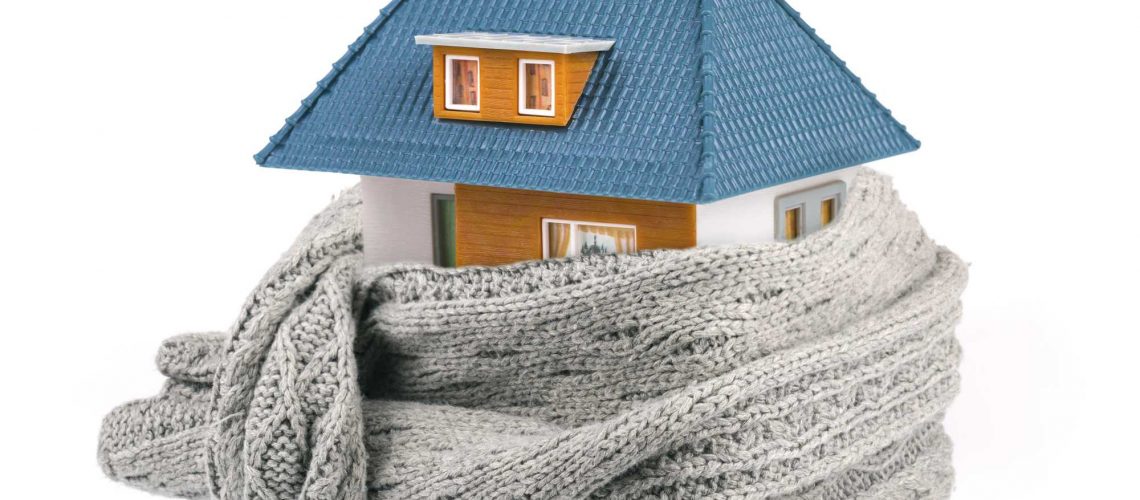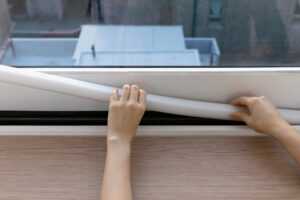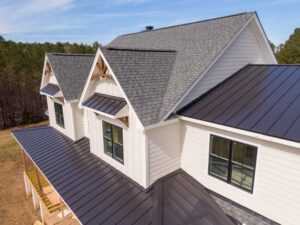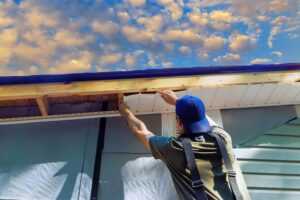In 2019, the United States recorded some of the coldest winter months, hitting as low as 50°F colder than average in some cases. Winter can be ravaging, especially when temperatures hit this low. This explains the reason why home insulation is essential for your family.
When you consider thermal insulation for your home, you essentially add a layer of protection against the cold weather effects. Have you been freezing during the chilly months and wonder how to work your way around this predicament?
Home insulation is your solution in such cases. If you are yet to install home insulation in your home, you could be missing an excellent opportunity to save on energy costs while enjoying the comfort of a warm cozy home. In this article, we discuss the different types of home insulation that can suit your home.
Reflective System
Reflective systems are among the main types of home insulation options in your home. Most reflective systems comprise foil-faced kraft paper and plastic film. You may also get reflective systems to form bubbles and cardboard.
If your home has an unfinished wall, ceiling, and floors, then this could be a perfect solution for you. The most common method of application includes wood-frame studs and rafters when installing this insulation system.
If you’re looking for types of home insulation options that are easy to install, then a reflective system is your best deal. You can go the DIY way with this option.
When you embrace this system, your home will also have an effective way of preventing downward heat. This option is suitable for framing for standard spacing.
When you have obstructions in the spaces you intend to insulate; then the reflective system can be a useful solution. Reflective systems are among the most effective alternatives in the home improvement sector.
Loose-Fill/Blown Insulation
If you’re looking for a solution to your poorly insulated house, then loose-fill/blown insulation can work for you. Blown-in insulation fills between existing walls studs, an aspect that increases insulation.
If you are looking for insulation that’s addable to attics and walls, this is your best deal. Loose-fill fiberglass comes from glass that’s heated to liquid and then spun into thin fibers. A bag of loose-fill fiberglass will cost you around $35.
The good thing about loose-fill fiberglass is the actual thermal value you’ll derive in the long-term. Are you thinking about home improvement soon?
Then it may make perfect sense to consider this type of home insulation for all your needs. Loose-fill insulation completes your temperature regulation needs, especially when your windows are energy efficient.
Blanket Batts and Rolls
Blanket insulation is the most common insulation option in most homes today. This option comes with batts and rolls, which help to increase the effectiveness of temperature regulation. Most batts and rolls come from flexible fiber, which is usable in a wide-range of home-designs.
You can access blanket, batts, or rolls from plastic fibers, which comes with almost five layers. Most blankets, batts, or rolls also consist of aluminum foil with polythene backing.
When you use a blanket, batts, and rolls, you will have a foil in place that acts as a radiant. The protective barrier increases insulation and keeps your home warmer during winter.
You can use blanket, rolls, and batts on any unfinished walls. You may also utilize this home insulation option for your home foundation. If your current location is in northern climates, then blankets, batts, and rolls could offer you the solution you need to the biting cold.
Batt and roll insulation has a thickness of 3.8 per inch. Most times, the R-value of the blanket insulation depends on the overall thickness. Once you settle for the right density size, your home will achieve the desired temperature range.
Rigid Foam Board Insulation
Most homeowners wonder how to achieve thermal breaks in their homes. If you want an option that combines exterior sheathing and serves as an air barrier, you could consider rigid foam board insulation.
The rigid foam may be useful in retrofits. You may also consider this option in new constructions. The foam acts as continuous insulation for such new construction, making your home warmer. You can also use rigid foam board insulation on the exterior and interior.
Rigid foam insulation has very high R-values when compared to loose-fill insulation. You’ll also get to enjoy a rating range of between R-4 to R-6.5. The best part is that you might consider rigid foam products that are water-resistant.
Rigid foam products are often more suitable in foundation exteriors. The advantage is critical given that you bury these foams under the ground to cover your foundation.
Spray Foam Insulation
Are you looking for a home insulation option to help you seal leaks and gaps? Spray foam insulation is useful in filling any leaks and gaps inside your home. You only need to spray the foam into any cavity in your home, which then expands and solidifies.
Closed cells tend to have the highest R-value of insulation when compared to other options. The only caveat is that you need to call our siding professional when using spray foam insulation to ensure proper insulation. The material used when making this spray has a thickness of R-6-2 per inch, making effective insulation achievable.
The good thing about spray foam insulation is that it doesn’t rip out the walls. It’s also easy to install as long as you have a skilled expert on site. You also get to enjoy an airtight option with this spray form.
Your Home Insulation Made Easy
Winters force Americans into hibernation as people avoid the extreme weather conditions out there. Achieving maximum warmth during such seasons indoors is essential. Home insulation can be a perfect solution to the recurrence of extreme weather conditions during winter.
While most people understand how home insulation works, few know the different types of insulation options. Apart from blanket insulation, which is relatively common, you may also consider a few other options. Rigid foam board insulation, spray foam insulation, and loose-fill/blown insulation are the other common home insulations alternatives.
Have you been looking for a solution to your insulation needs? These five types of home insulation are the perfect choice. Contacts us today for all your roof replacement, roof repairs, siding, and windows installation.




